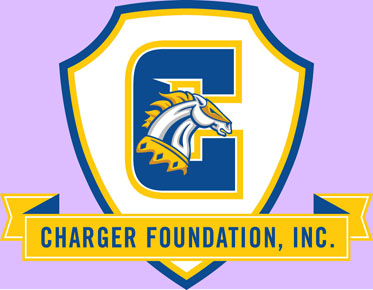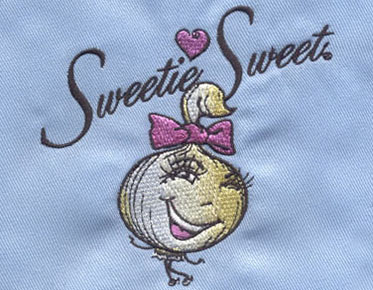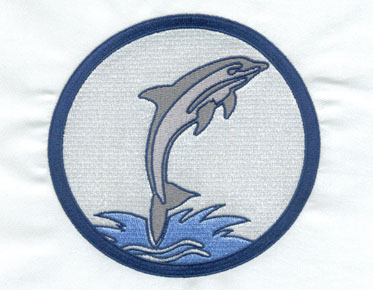Exploring the Advantages and Disadvantages of Vector Art
Vector art has gained immense popularity in
various industries, ranging from graphic design and advertising to animation
and embroidery. This article from Eagle Digitizing delves into the advantages and disadvantages of vector art,
shedding light on its benefits and limitations. By understanding these aspects,
individuals and businesses can make informed decisions when utilizing vector
art or seeking vector art conversion services and vector design services.
I. Advantages of Vector Art:
1. Scalability and Resolution Independence:
Vector art is created using mathematical
equations, allowing for infinite scalability without loss of quality. It can be
scaled up or down to any size, making it ideal for various applications such as
logos, banners, and large format printing.
2. Smooth and Crisp Lines:
Due to its mathematical nature, vector art
consists of precise lines and shapes. It results in sharp edges, clean lines,
and smooth curves, ensuring a polished and professional appearance.
3. Editability and Flexibility:
Vector files are easily editable, allowing
designers to modify and manipulate elements within the artwork. Colors, shapes,
and sizes can be adjusted without compromising the overall quality, providing
flexibility for customization and revisions.
4. Small File Sizes:
Compared to raster images, vector files are
typically smaller in size. This makes them ideal for web graphics, as they load
faster and require less storage space. It also facilitates easier sharing and
transfer of files.
5. Wide Compatibility:
Vector art files are compatible with various
software applications, making them versatile and easily adaptable to different
design workflows. They can be easily integrated into multimedia projects,
animations, and vector design software.
II. Disadvantages of Vector Art:
1. Limited Photorealism:
Vector art is primarily based on geometric
shapes and mathematical equations, making it less suitable for intricate and
detailed photorealistic illustrations. Raster images are better suited for
capturing complex textures, shading, and gradients.
2. Complexity in Representing Realistic
Photos:
Converting photographs or complex raster
images into vector art requires specialized skills and tools. Vector art conversion services may be
needed to maintain the visual integrity and intricate details of the original
image during the conversion process.
3. Steep Learning Curve:
Mastering vector design software and techniques can be challenging for beginners. It
requires understanding concepts such as Bézier curves, anchor points, and path
manipulation, which may take time to grasp.
4. Limited Effects and Textures:
Vector art is not well-suited for intricate
textures or complex effects found in certain design styles. Creating realistic
textures and complex visual effects often requires additional editing or
combining vector art with raster graphics.
5. Compatibility with Printing Processes:
Although vector art is highly versatile, some
printing processes may require specific file formats or color modes. It is
important to ensure compatibility with the intended printing method to achieve
the desired output quality.
In conclusion, Vector art offers numerous
advantages, including scalability, crisp lines, editability, small file sizes,
and wide compatibility. However, it has limitations in terms of photorealism,
complexity in representing certain images, and limited effects and textures. By
considering the advantages and disadvantages of vector art, individuals and
businesses can make informed decisions regarding its usage, while also
leveraging vector art services when
needed. Whether for branding, web graphics, or print materials, vector art
remains a valuable tool in the creative world, empowering designers to achieve
visually appealing and versatile artwork.



